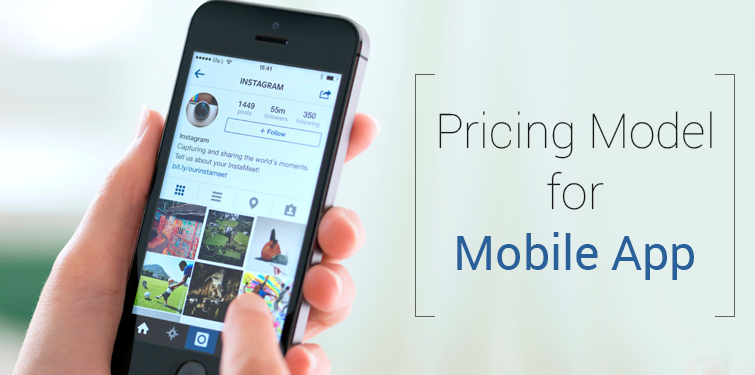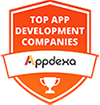The primary aim of most of the app builders behind creating an app is to make money, especially when they see apps are the convenient mean of earning huge. However, this is the only one side of the coin. Its other side is full of hardship and money taking. Therefore, having an app created for fun and in a whim does not last long and cause the app fail to make any mark among users. We emphasize that app development is a serious endeavor and money spent in this process is of even higher significance.
A lot of app developers find it difficult to set a price model for their apps; some of them overprice it and others make it available for free despite the fact that their app is worth buying. We have tried to reach to the depth of it and tried to compile the answer of the question in the following insight:
Make it Available for Freemium, Free or Paid
The confusion starts with the very first step; whether make it available for free or charges should be attached to it. Generally, there are two ways to make your app live one is for free; in which users do not have to pay anything for downloading while the developer will be paid through ads, Cost Per Install, sponsorship, etc.
Besides, ‘Freemium’ is the term molded in the industry for a service or a product, which costs nothing for its standard version, however, they pitch you to use its premium edition paired with the one you are using after paying a certain amount. The reason behind this is to let users taste the semi-premium app services at no cost and keep on persuading users to try their full-fledged version. However, it is true that a free app can drive more. You can hire mobile app developers to further have a profound insight on this.
Charge! But for what?
Despite offering a number of features or going to offer, most of the app developers face the inability to decide what to put on charge and what not? To determine this, you can do some competitive analysis based on the questions like what is the on-going rate for such type of apps. What are the prices of apps in the same categories? The most convenient way of gaining traction and attention is to undercut competitors. However, if the app you have built is significantly more advanced or complicated, you still can charge users for your exalted offerings. Establishing user expectations is the key to set app pricing. Users pay for only those apps which offer them a great deal of value. The audience will come to know only when they install the app, but if they find themselves to be cheated, it is possible that they permanently disconnect themselves from you.
Give It a Try
Remember, app prices are not certain. Give some leverage to the effort with which prices can be changed to experiment with a number of price points. You can experiment by releasing the app at slightly a higher price and then reduce it after some time. Remember, the initial release is the best time for any mobile app development company to draw the attention of users for your app. So, do not waste the rapport you have already built with them by charging a very bold price.
Find the Location of Your Users
Those who are developing an app must pay attention to their target audience and market. For instance, a study found that users in Asia are remarkably less inclined to download paid apps than their Western users. The graph of in-app purchases is also down in the Asian market. Thereby, app developers often depend on in-app advertising as a chief revenue source in that region.
Share of App Stores
Many of you must be aware of the fact that app stores like Google Play and Apple Store from iOS have their fixed share when purchases are done using an app. For instance, Apple famously keeps its 30 percent commission on app sales and in-app purchases. Therefore, while fixing the price of your app, you must ensure including the cut of the app store.
Their Return Policy
As an app developer, you must pay attention to the return policy of the app stores because if you price your app extremely high and result in a lot of returns once users do not get quality and bear basic functionality. The Android Marketplace permits users to drive back apps within 15 minutes of purchase. Apple App Store permits many of its users to return apps in seven days, especially to its Taiwanese customers. However, the refund policy of Apple in Taiwan is such to adhere to local law. For now, it can be speculated that Apple will gradually expand the same kind of trial and/or refund method to their App Store in rest of the countries.















